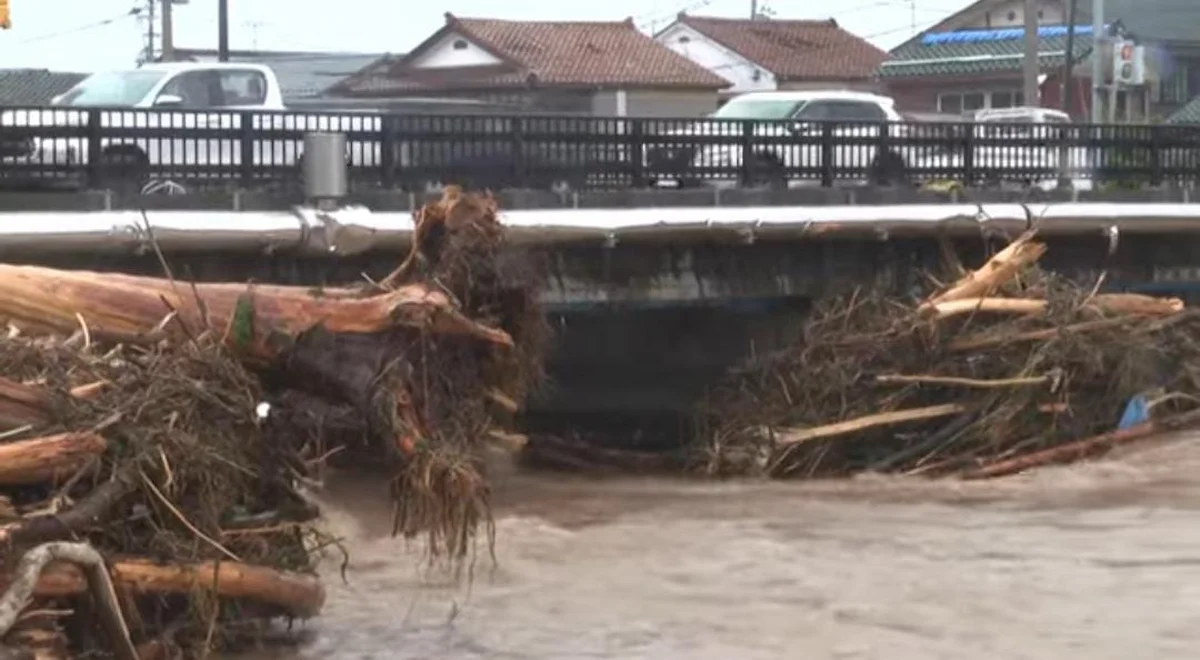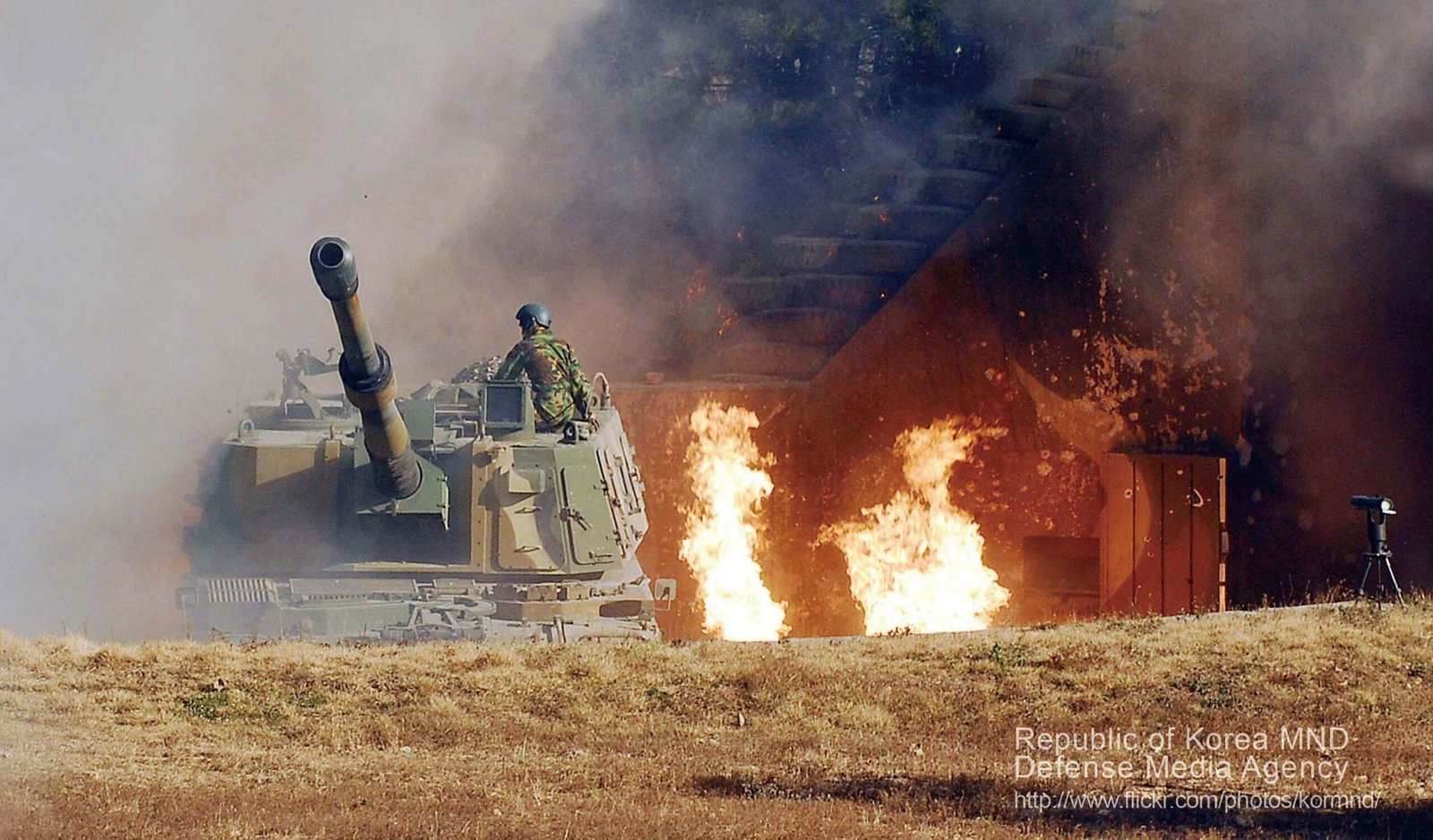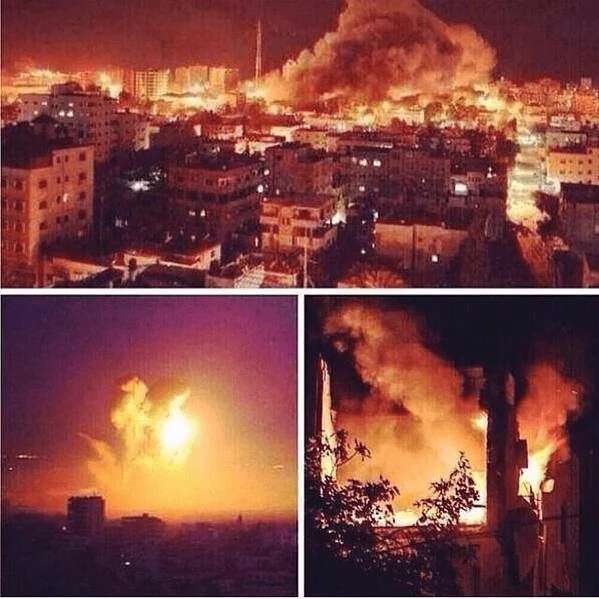Heavy rain in Japan’s Ishikawa prefecture has triggered landslides and floods in Japan complicating recovery efforts from the devastating earthquake that struck on January 1, 2024.
Floods in Japan
Local officials report tragic accounts have started to come out from the floods. One confirmed death, and many are feared missing. The Japanese meteorological agency has declared its highest emergency alert for Ishikawa, stating that the area has experienced its most significant rainfall on record. Even as it softened that warning a day later, the authorities are still asking locals to be very vigilant and cautious.
Torrential downpour has been blamed for the inundation of 16 rivers, bringing the ravaged areas into total disarray. Landslide buries a house in a town in Suzu city, and authorities count one confirmed death and at least six missing in Ishikawa. Tens of thousands are evacuated as the waters keep rising.
In addition to this flood damage, more than 6,230 houses remain without power. Electricity workers and emergency services work continuously day and night in order to revitalize the current and help citizens.
Relief on Earthquake in Japan
Early this year, the Richter scale was shaken by a 7.5 mega-earthquake which struck the Noto peninsula on New Year’s Day and resulted in utter destruction on a very colossal scale in which several hundred people were left dead and thousands more injured or homeless. The region is still struggling to recover from the disaster, and therefore this flooding is worse than it should ever be.
According to the latest reports, most of the residents are still in temporary houses brought about by the wide destruction left by the earthquake in Japan. However, that aside, the latest images depicting some of those temporary places of residence are already under flood waters, which complicates rehabilitation efforts. Again, four workers are also reportedly missing and were involved in the activities undertaken to restore the area affected by earthquakes. They were carried off by the landslide triggered by the intense rainfall.
This is to say that worse intersections of these disasters reveal the region to be quite vulnerable. Heavy rain may destabilize soil which has already been weakened by seismic activity and there are several possibilities for further landslides.
Local Response
Because of the flooding, locals and emergency services are still trying to control the situation. The crowd gathers to collectively strip streets and houses of mud and debris, and the emergency teams are not slow in offering help to others.
Access routes are now being opened to facilitate rescue and delivery of emergency supplies to areas where evacuation has taken place. In addition, the national agencies are consulting the local authorities to ensure that they have all the resources at hand that they would need as assistance is provided when recovery operations begin.
There is strength in every community demonstrated as they are helping each other in the after-shocks. Shelters have been erected to accommodate those who lost their houses and volunteers now step forward to offer food, clothes, and emotional comfort for them.
Frequently Asked Questions
1. How can I reach out and assist those affected by the flooding in Ishikawa?
There are so many ways to give to local charities and organizations that actually do work to help the flood victims. Most of the different organizations coordinate efforts and accept contributions in many ways in terms of money, food, clothes, and many other things.
2. What are the long-term effects of flooding after an earthquake in Japan?
After the earthquake in Japan flooding can cause unstable damage to structures further complicate the recovery operation; and increase the potential for safety hazards such as mold and contamination. This may stretch the recovery timeline even more for affected families and communities.
3. Are there certain safety measures that residents must take heed of during stormy weather?
Watch local news and governmental changes with flood watch warnings. The key thing is to leave when told to, steer clear of flooded streets, and not attempt to wade or swim through the water. And it might be a good idea also to have an emergency survival kit.
4. If I witness a person being trapped in a flood, what do I do?
Do not attempt to rescue them yourself. Take care of your safety first and then call the emergency services, providing as much detail about the situation as possible.
5. How frequently does Japan encounter weather of this nature?
Japan is exposed to several types of natural disasters, like earthquake in Japan, heavy rains, floods in Japan and typhoons. Japan has an effectively built disaster response system but the rate and the intensity of such occurrences are totally different from one region to another and even seasonal.
Conclusion
The Ishikawa situation is quite critical, and this makes it an emergency to seek community support and preparedness for natural disasters. Recovery and cooperation among the residents in recovering from an earthquake in Japan as well as severe flooding that occurred will be of great importance in rebuilding lives. Recovery will be a protracted process, but through continued support and determination, the community could take things forward.



